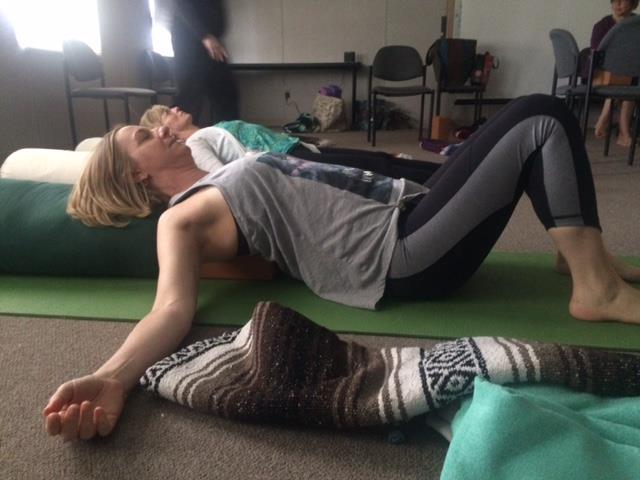 Yoga for Cancer Student in Restorative Yoga Pose
Yoga for Cancer Student in Restorative Yoga Pose Yoga is an ancient practice that not only promotes physical strength and flexibility but also contributes tremendously to our overall health and well-being. One area where yoga has shown remarkable benefits is for heart health. Incorporating yoga into your daily routine can support a healthy heart and reduce the risk of heart disease. Some studies suggest the mind-body practice may be good for heart health, from reducing blood pressure and cholesterol to lowering stress and body mass index. Various cancers and cancer treatments can have a negative impact on a patient's health. In this blog post, we will explore the powerful connection between yoga and heart health.
Reducing Stress and Blood Pressure
Stress is one of the major contributors to heart disease. When we experience stress, our blood pressure tends to rise, potentially leading to long-term damage to the heart and blood vessels. Engaging in regular yoga practice can significantly reduce stress levels by calming the mind and promoting relaxation. Various breathing techniques, such as deep breathing and alternate nostril breathing, are integral parts of yoga and help lower blood pressure, ultimately benefiting heart health.
Strengthening the Cardiovascular System
Yoga is a low-impact physical activity that helps strengthen the cardiovascular system. Unlike high-intensity exercises, which can put strain on the heart, yoga offers a gentle way to improve heart health. Heart-opening yoga poses, like the Bridge Pose and Camel Pose, help increase blood circulation and oxygen flow to the heart. These poses also stimulate the vagus nerve, which regulates heart rate and lowers the risk of irregular heart rhythms. Studies from the NIH (National Institute of Health) suggest that yoga therapy may benefit adults treated for cancer.
Managing Weight and Cholesterol Levels
Maintaining a healthy weight and cholesterol levels are essential for heart health. Yoga can be an excellent tool for managing both these factors. Regular practice of yoga poses, such as the Plank Pose and Chair Pose, engages and strengthens the core muscles, aiding in weight management and preventing obesity. Additionally, studies have shown that practicing yoga can increase levels of high-density lipoprotein (HDL) cholesterol, also known as "good" cholesterol, while reducing levels of low-density lipoprotein (LDL) cholesterol, which is harmful to the heart.
Improving Circulation and Heart Function
Yoga postures, combined with mindful breathing, can improve circulation throughout the body, including the heart. Twisting poses, such as the Seated Spinal Twist, massage the internal organs, including the heart, promoting healthy blood flow and enhancing overall heart function. Improved circulation helps deliver essential nutrients and oxygen to the heart muscle, keeping it strong and healthy.
Enhancing Mental and Emotional Well-being
The connection between mental and heart health is undeniable. Negative emotions, chronic stress, and anxiety can have a profound impact on our heart health and increase the risk of cardiovascular diseases. Yoga incorporates meditation and mindfulness techniques that help calm the mind, reduce anxiety, and enhance emotional well-being. By promoting a positive mental state, yoga indirectly contributes to a healthier heart.
Conclusion
Yoga is a holistic practice that goes beyond physical exercise. Its profound impact on heart health makes it an excellent addition to any heart-healthy routine. By reducing stress, improving cardiovascular function, managing weight and cholesterol levels, and enhancing overall well-being, yoga can significantly contribute to a healthier heart. Whether you are a seasoned yogi or new to the practice, incorporating yoga into your lifestyle can have numerous benefits for your heart health and overall quality of life. So, unroll your mat and take a step towards a healthier heart today!
Note: Before starting any new exercise or yoga routine, it's always a good idea to consult with a healthcare professional, especially if you have any pre-existing heart conditions.
#yogabridge #yogaforcancer #yogabridgeyogaforcancer #yogaforbreastcancer #onlineyogaforcancer #onlineyogaforcancerteachertraining #onlineyogateachertraining #yogaforcancerpatients #yogaandhearthealth #onlineyogaforcancer #onlineyogaforcancerteachertraining
Click here to join our Yoga Bridge classes (free for cancer patients).
Click here for Yoga for Cancer classes on demand.
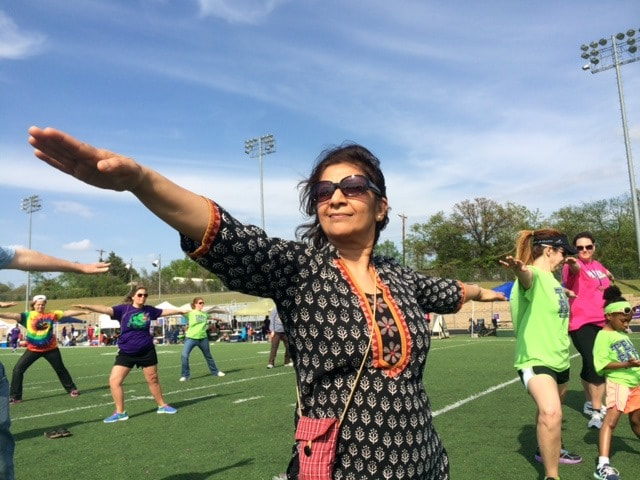
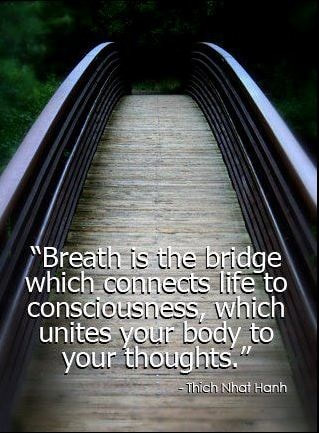
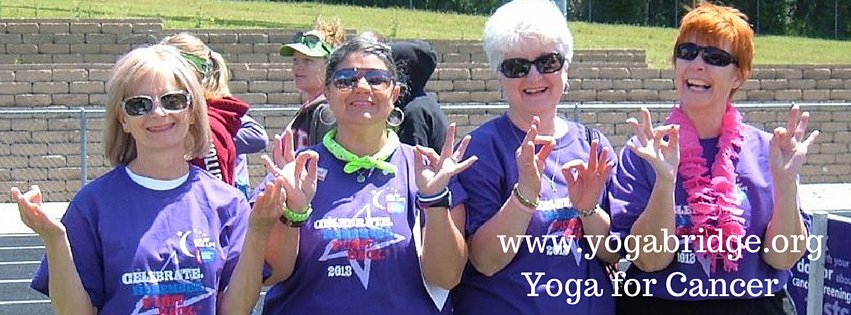
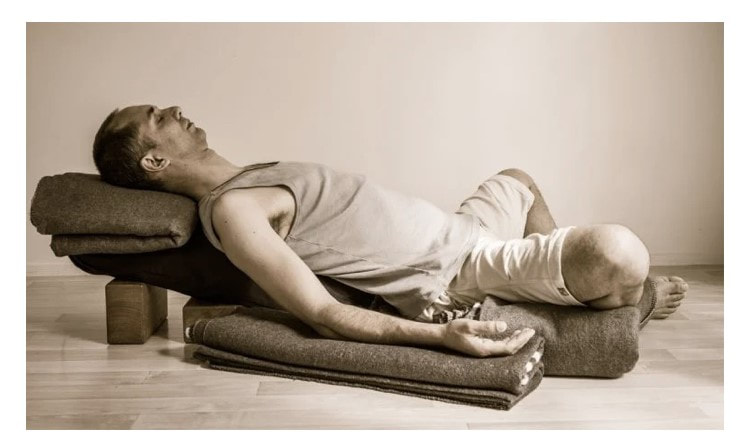



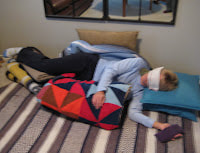
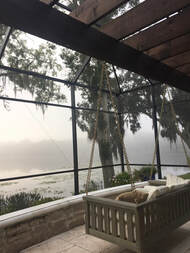
 RSS Feed
RSS Feed
